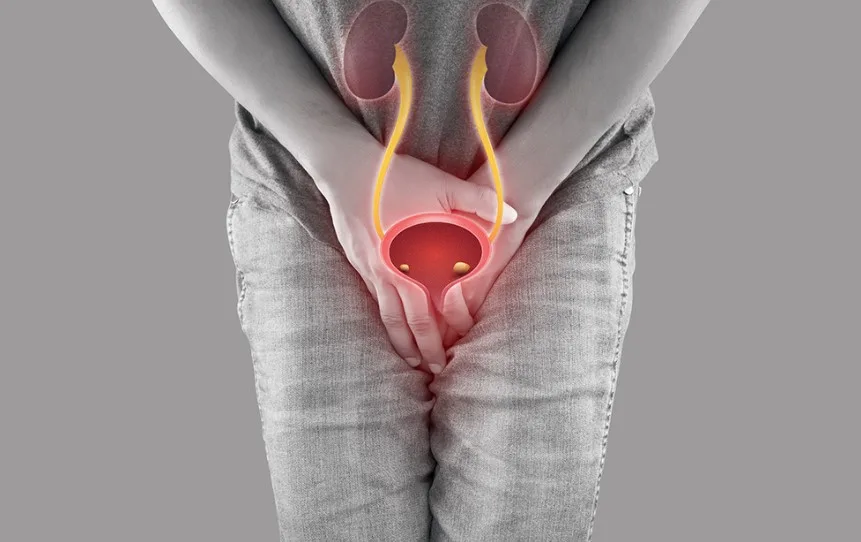Incontinence, a common yet seldom discussed challenge, touches the lives of millions worldwide. It’s a condition that can significantly impact one’s quality of life, bringing about feelings of embarrassment and isolation. However, with the right strategies and support, individuals facing incontinence can lead full, confident lives. This narrative delves into tailored strategies that offer unseen assurance, focusing on comprehensive care and innovative solutions that foster dignity and independence. Among these solutions, the use of a continence aid stands out as a pivotal aspect of managing incontinence with discretion and comfort.
Understanding Incontinence: A Comprehensive Overview
Incontinence, the involuntary loss of bladder or bowel control, can affect anyone, but its prevalence increases with age and certain medical conditions. Recognizing the types and causes of incontinence is the first step toward effective management, empowering individuals with the knowledge to seek appropriate care.
The Many Faces of Incontinence
Incontinence manifests in several forms, including stress, urge, overflow, functional, and mixed, each with its own triggers and challenges. Understanding the specific type one is dealing with allows for more targeted and effective management strategies, emphasizing the importance of a proper diagnosis.
The Impact on Quality of Life
Beyond the physical discomfort, incontinence can affect emotional well-being, social interaction, and daily activities. It’s a condition that carries a stigma, often leading to avoidance of social situations for fear of embarrassment. Breaking this cycle begins with education, understanding, and the right support.
Tailored Strategies for Managing Incontinence
Effective management of incontinence requires a personalized approach, considering the individual’s lifestyle, the type and severity of their incontinence, and their overall health. From lifestyle adjustments to medical interventions, a range of strategies can provide relief and improve quality of life.
The Role of Continence Aids
Continence aids are invaluable in managing incontinence discreetly and effectively. These products, which range from absorbent pads and protective underwear to catheters and skin protectants, are designed to provide security and comfort, minimizing the impact of incontinence on daily life. Selecting the right aid requires understanding one’s specific needs and preferences, underscoring the importance of personalized care.
Lifestyle Modifications and Exercises
Simple lifestyle changes can significantly impact incontinence management. Dietary adjustments, regular physical activity, and pelvic floor exercises strengthen the muscles that control urination, offering a non-invasive way to mitigate symptoms. These strategies, combined with a structured bathroom schedule, can enhance control and reduce incidents.
Innovations in Incontinence Care
The field of incontinence care is evolving, with continuous advancements in products and treatments that offer greater comfort, convenience, and efficacy. Embracing these innovations can transform the management of incontinence, making it more manageable and less intrusive.
Advancements in Continence Products
The latest generation of continence products offers improved absorbency, odor control, and skin protection, all while being more discreet and comfortable than ever before. From smart incontinence devices that alert wearers to the need for a change to biodegradable options that address environmental concerns, the focus is on enhancing quality of life while meeting diverse needs.
Cutting-Edge Medical Treatments
Beyond aids and lifestyle adjustments, medical treatments for incontinence are becoming more sophisticated. From minimally invasive surgeries to nerve stimulation therapies, options are expanding for those whose incontinence is not well-managed with conservative methods. These treatments, often tailored to the individual’s specific condition and needs, underscore the personalized nature of effective incontinence care.
The Power of Support and Education
Navigating the challenges of incontinence is not a journey one should undertake alone. Access to supportive healthcare professionals, educational resources, and a community of individuals with shared experiences can make all the difference in managing this condition with confidence.
Professional Guidance and Care
A multidisciplinary team, including doctors, nurses specialized in continence care, and physiotherapists, can provide the comprehensive support needed to manage incontinence effectively. These professionals not only offer medical care but also educate and empower individuals to take control of their condition.
Building a Supportive Community
Support groups, whether online or in person, offer a space for sharing experiences, tips, and encouragement. In these communities, the stigma surrounding incontinence can be broken down, replaced by a sense of belonging and understanding. The exchange of personal stories and strategies fosters a proactive approach to managing incontinence, highlighting the strength found in shared experiences.
Embracing Life with Confidence
Incontinence, with its unseen challenges, calls for tailored strategies that offer both physical and emotional assurance. From selecting the appropriate continence aid to exploring innovative treatments and harnessing the power of community support, the journey to managing incontinence is personal and unique. By prioritizing personalized care, education, and the latest in care innovations, individuals can navigate the challenges of incontinence with dignity and confidence. The path to improved quality of life is paved with knowledge, support, and the courage to seek solutions that reflect one’s individual needs and lifestyle. Together, we can elevate the conversation around incontinence, transforming challenges into opportunities for empowerment and independence.





